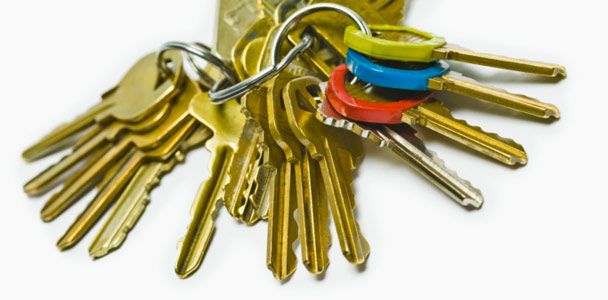Keys are more than just tools for unlocking doors. From DIY projects to practical solutions, old keys can be repurposed in creative and useful ways. This article explores ten innovative uses for keys that you might not have considered before.

1. Use a Key as a Plumb Bob
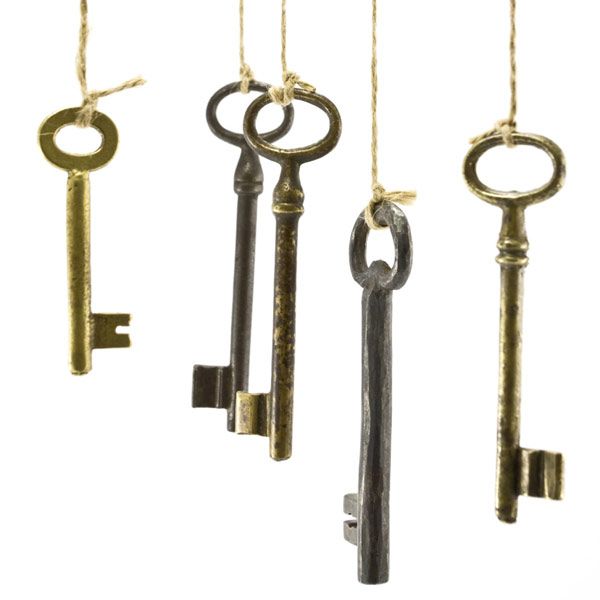
A plumb bob is a tool for checking vertical alignment in various home improvement projects. While traditional plumb bobs are designed for this purpose, a key tied to a string can serve as an effective alternative. Here’s how to use a key as a plumb bob:
- Choose a sturdy key with a flat profile.
- Tie a length of string securely to the key’s head.
- Hold the string at the desired starting point and allow the key to hang freely.
- The key will naturally align itself vertically due to gravity.
- Use this vertical reference line to check the alignment of your work, such as hanging wallpaper or installing tile.
The flat profile of the key allows it to sit flush against the wall, providing a more accurate reference point compared to a rounded plumb bob. This makeshift tool is a good choice for indoor projects where you need to be precise. Although it may not replace a professional plumb bob, it works well in a pinch.
2. Turn Your Keys Into Hooks
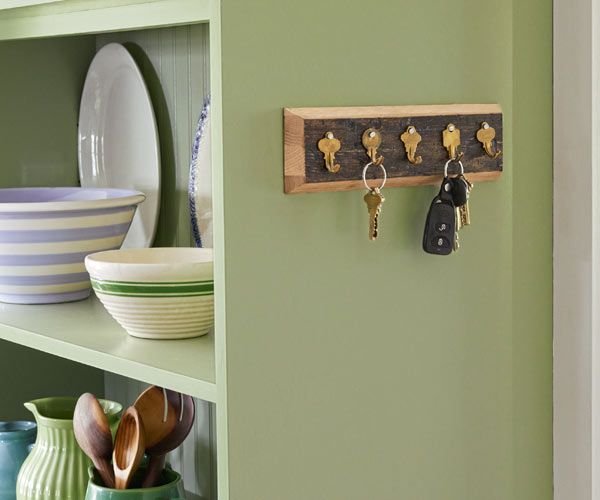
You can transform old keys into unique and functional hooks for your home. This DIY project allows you to repurpose unused keys and add a touch of vintage charm to your decor. Follow these steps to create your own key hooks:
- Gather old keys, pliers, a crescent wrench, and a piece of wood for mounting.
- If the keys are old and brittle, heat them over a gas burner to increase pliability and prevent cracking.
- Use the pliers and crescent wrench to carefully bend the key at a 90-degree angle, creating an “L” shape.
- Repeat the process with multiple keys for a set of hooks.
- Arrange the bent keys on the wooden board in your desired pattern.
- Secure the keys to the board using decorative nails or tacks.
- Mount the finished key hook board on your wall.
These repurposed key hooks are perfect for hanging light items such as jewelry, scarves, or small bags. They also make for an interesting conversation piece in entryways or mudrooms. Plus, you can customize the arrangement and finishing to match your existing decor.
3. Clean Boot Treads With a Key
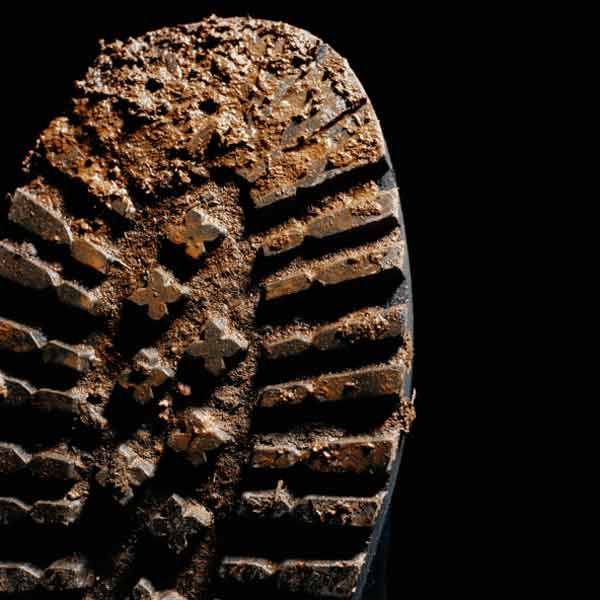
Muddy boot treads can be a nuisance, tracking dirt into your home and reducing the grip of your footwear. A key can be an effective tool for cleaning out caked-on mud from the soles of work boots or hiking shoes. Here’s how to use a key to clean boot treads:
- Choose a key with a strong, pointed tip.
- Hold the boot firmly or place it on a stable surface.
- Insert the tip of the key into the grooves of the boot’s tread.
- Apply gentle pressure and scrape along the length of each groove to remove mud and debris.
- Work methodically across the entire sole of the boot.
- For stubborn dirt, use the key to loosen it before brushing or rinsing the boot.
This method is useful when you’re on the go or don’t have access to a hose or boot scraper. The key’s tip fits between treads, reaching areas that might be missed by other cleaning methods. Keeping a spare key or two in your car or hiking gear can ensure you’re never caught off guard with dirty boot treads.
4. Weigh Down Curtains Using a Key
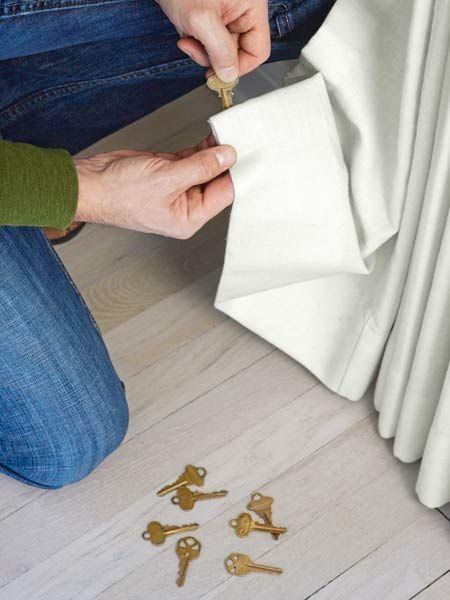
Lightweight curtains near floor registers or in breezy areas can be prone to unwanted movement. Keys can serve as discreet weights to keep your curtains in place. Here’s how to use keys to weigh down curtains:
- Select several keys of similar size and weight.
- Locate the hem pocket along the bottom edge of your curtains.
- Carefully insert the keys into the hem pocket, spacing them evenly.
- Adjust the position of the keys as needed to ensure balanced weight distribution.
- Close the hem pocket if it has an opening, or use a few stitches to secure it if necessary.
This simple solution adds just enough weight to keep your curtains hanging straight without altering their appearance. Use it for sheer or lightweight fabrics that are easily disturbed by air movement. Using keys as weights won’t alter the elegant look of your curtains.
5. Use a Key as a Bottle Opener
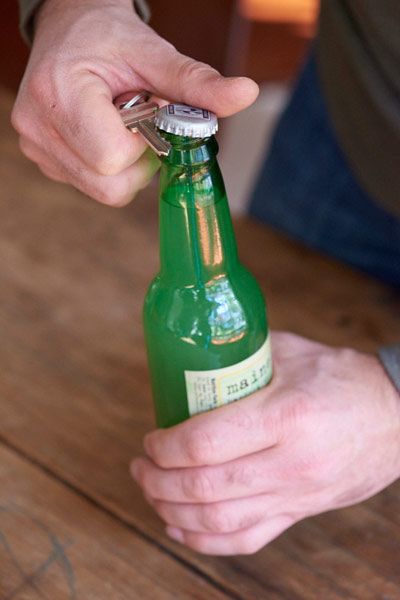
In a pinch, a key can serve as an impromptu bottle opener. While not as efficient as a dedicated opener, this method can be useful when you’re in a situation without the right tools. Here’s how to use a key to open a bottle:
- Choose a sturdy key with a flat edge.
- Position the flat edge of the key under the edge of the bottle cap.
- Use your thumb as a fulcrum, placing it near the top of the key.
- Apply downward pressure on the key handle, using it as a lever to pry off the cap.
- If necessary, work your way around the cap, repeating the process until it comes loose.
This method may require more effort than using a bottle opener and could potentially damage the key or the bottle. Use caution and consider this as a last resort. Remember to wash and sanitize the key before using it as a bottle opener.
6. Use a Key To Anchor a Balloon

Helium-filled balloons can add a festive touch to any celebration. Keys can serve as weights to anchor balloons without detracting from their decorative appeal. Follow these steps to use keys as balloon anchors:
- Gather a few loose keys and ribbon or string.
- Tie the ribbon securely to the balloon’s existing string.
- Attach the keys to the other end of the ribbon.
- Adjust the length of the ribbon to achieve the desired balloon height.
- Place the keyed end on a surface to keep the balloon in place.
This method allows for easy adjustment of the balloon’s height and position. It’s a good trick for outdoor events where the wind might otherwise carry balloons away.
7. Create a Door Chime Using a Key
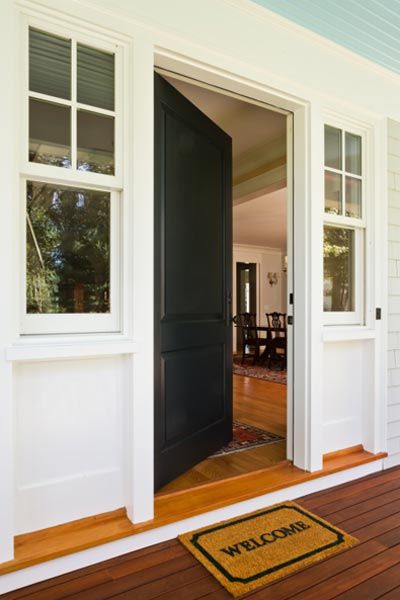
Transform old keys into a charming and functional door chime. This DIY project adds a unique touch to your home’s entryway. Here’s how to create a key door chime:
- Collect several keys of varying sizes for different tones.
- Cut fishing line or thin wire into different lengths.
- Tie each key to a piece of fishing line.
- Attach eye screws along the edge of a narrow board.
- Tie the free ends of the fishing lines to the eye screws, ensuring the keys hang at staggered heights.
- Mount the board above a door frame.
When the door opens or closes, the movement will cause the keys to collide gently, creating a pleasant chiming sound. This serves as a decorative element and a subtle alert system for comings and goings.
8. Distress Furniture With a Key
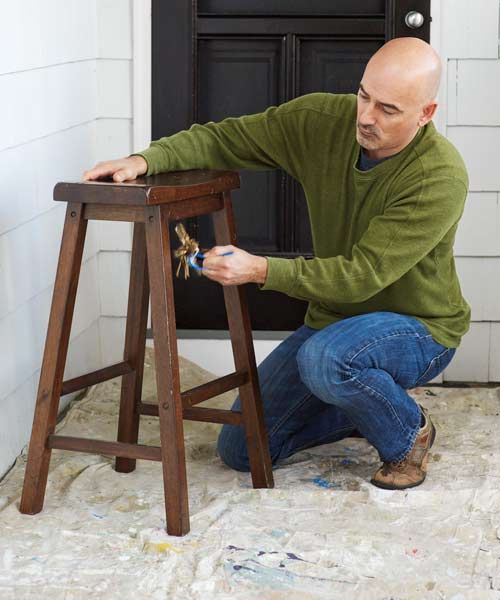
If you’re interested in creating a vintage or shabby chic look, keys can be an excellent tool for distressing furniture. This technique adds character and an aged appearance to new or refinished pieces. Follow these steps to distress furniture using keys:
- Gather several old keys and attach them to a key ring or string.
- Choose the piece of furniture you want to distress.
- Identify areas where natural wear would occur, such as edges and corners.
- Gently strike these areas with the bundle of keys.
- Vary the intensity and direction of the strikes for a more natural look.
- Focus on creating small dents and scratches rather than deep gouges.
- Step back periodically to assess the overall effect and adjust as needed.
This method allows for controlled distressing, mimicking the wear patterns that would naturally occur over time. It’s effective on painted surfaces where the underlying wood or previous paint layers can be revealed through strategic distressing.
9. Make Magnets Using Keys

Transform old keys into unique and functional refrigerator magnets. This simple DIY project gives new life to unused keys while adding a touch of vintage charm to your kitchen decor. Here’s how to create key magnets:
- Collect old, tarnished keys of various shapes and sizes.
- Clean the keys to remove any dirt or grime.
- Purchase small, strong magnets from a craft store.
- Apply a strong adhesive, such as epoxy or heavy-duty glue, to the back of each key.
- Attach a magnet to each key, ensuring proper alignment.
- Allow the adhesive to dry completely according to the manufacturer’s instructions.
- Test the strength of the magnets to see if they can hold papers on your refrigerator.
These key magnets make for interesting conversation pieces. They can be used to display notes, photos, or artwork on any magnetic surface in your home or office.
10. Donate Your Keys to Charity
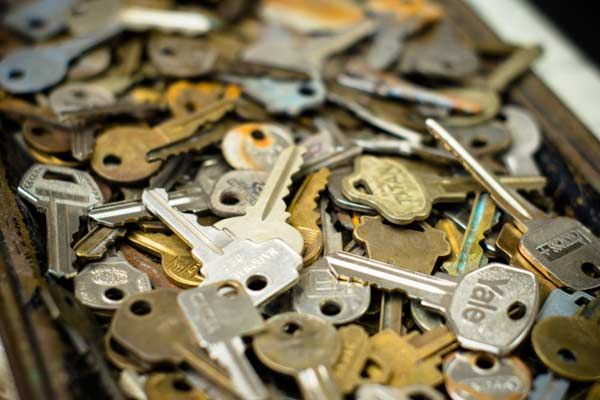
If you have a collection of old keys that you can’t repurpose, consider donating them to charity. Organizations like Keys for Kindness accept key donations and use the recycled metal to raise funds for various causes. Here’s how you can donate your keys:
- Gather all your unused keys, ensuring they are clean and free of personal information.
- Research reputable key donation programs in your area or nationally.
- Contact the organization to confirm their current donation policies and procedures.
- Package your keys securely for shipping or drop-off.
- Include any necessary donation forms or information with your package.
- Keep a record of your donation for tax purposes, if applicable.
By donating your old keys, you can declutter your space while contributing to charitable causes.
